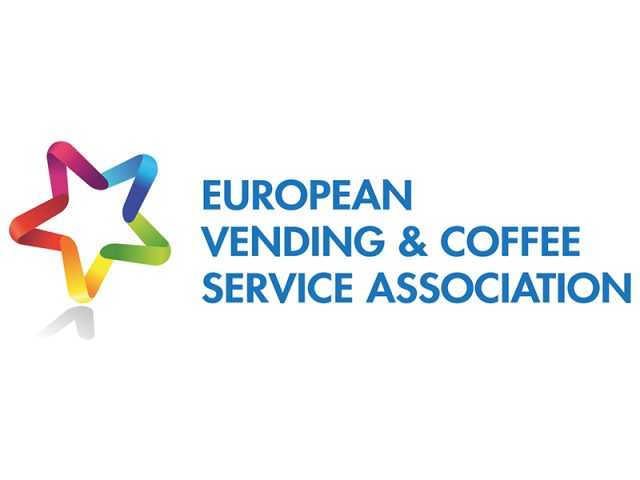BRUSSELS, Belgium – The OPC Foundation, a global consortium that develops and maintains standards for industrial automation, together with the European Vending & Coffee Service Association (EVA) are pleased to announce the formation of a new joint working group called “OPC UA for Vending, Office Coffee Service & Automated Retail Working Group”.
The group aims to develop an OPC UA Information Model for the communication between a vending machine, its peripherals, and the company’s information systems. A vending machine must be understood as a self-service machine that dispenses food (including drinks, such as coffee) and non-food products using different dispensing technologies.
Erwin Wetzel, Director General at the European Vending & Coffee Service Association (EVA) says, “In an era where technology seamlessly integrates into every aspect of our lives, the announcement of the joint OPC UA for Vending, Office Coffee Service & Automated Retail Working Group marks a pivotal moment for the vending and automated retail industry. This collaboration, spearheaded by the OPC Foundation and robustly supported by the EVA, signifies a monumental step towards revolutionising the way vending machines, office coffee service machines, and automated retail systems interact with their peripherals and company information systems.”
Jürgen Göbel, Business Development Director at Ingenico says, “From a vendor perspective, EVA’s collaboration with OPC UA will reduce technical fragmentation in the industry and enable the implementation of new digital services based on a harmonised standard. This reduces the costs of developing and maintaining new services and solutions for the benefit of operators and consumers.”
“The collaboration with the European Vending & Coffee Service Association (EVA) represents another historic milestone for the OPC Foundation,” said Stefan Hoppe, President of the OPC Foundation. “OPC UA was created by a handful of manufacturers in the process automation space and has become the world’s leading standard for assured semantic interoperability in manufacturing, process, and energy technology. With the creation of this new joint working group, we are bringing this rich ecosystem to the huge world of the vending and coffee machine industry.”
The commitment to developing an OPC UA Information Model is not just an advancement; it’s a necessary evolution. In the current landscape, the limitations of current protocols have been a bottleneck for innovation and efficiency. By harmonising the communication protocols and data exchange between machines and their peripherals, this initiative promises to overcome these challenges, paving the way for a future where machines from different manufacturers can communicate effortlessly, and data flow is as smooth as the products dispensed.
The goal of this working group transcends mere technical upgrades; it aims at future-proofing the industry against the rapidly changing market demands and technological advancements.
Within the framework of the OPC UA Joint Working Group, this standard is being developed as the so-called OPC UA Companion Specification for vending and office coffee machines. The goal of the working group is to develop a new specification to overcome the limitation of the current protocols (e.g. MDB, Executive, BDV, etc.) that will harmonise the communication and the exchange of data between machines designed to dispense a product (e.g. vending machine, professional hot drinks machine, smart fridge), its peripherals (payment system, telemetry, age verification, touch screen), and the back office on premises or cloud IT systems (ERP, etc.). The purpose is to ensure mutual compatibility between devices from different manufacturers and to align with todays and future market requests.
More information on OPC Unified Architecture can be found here















